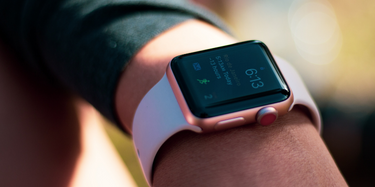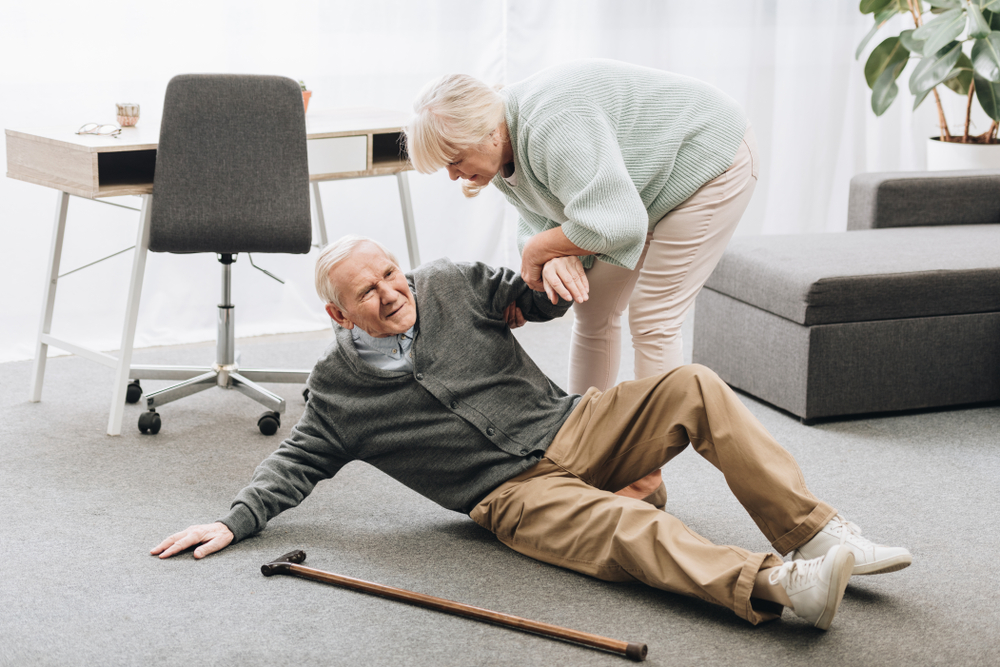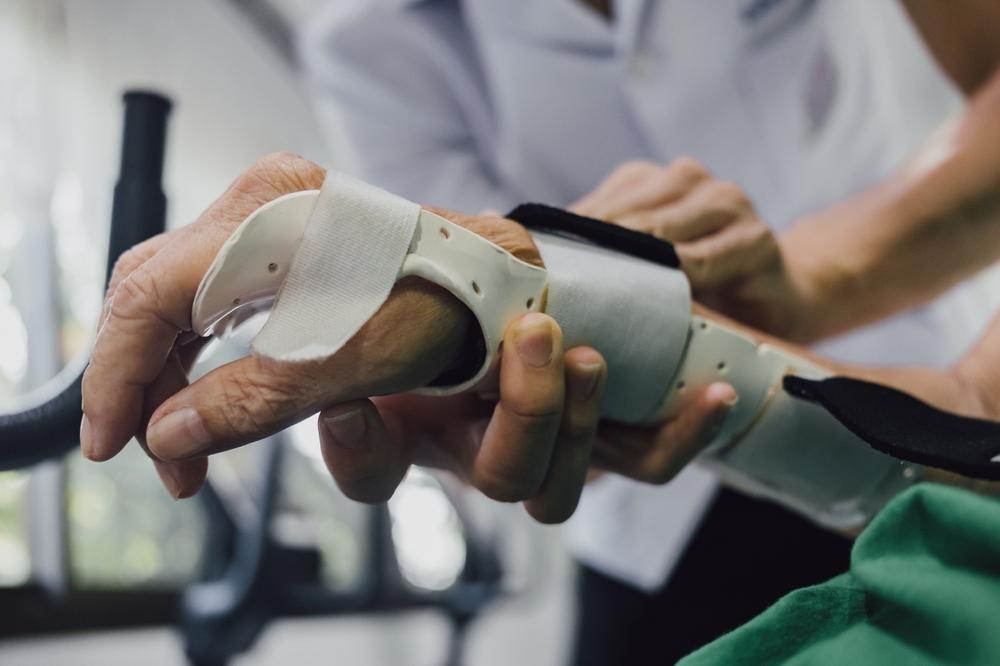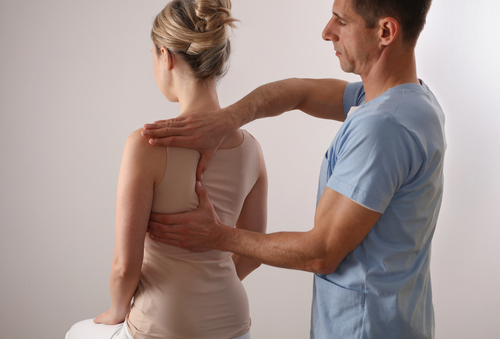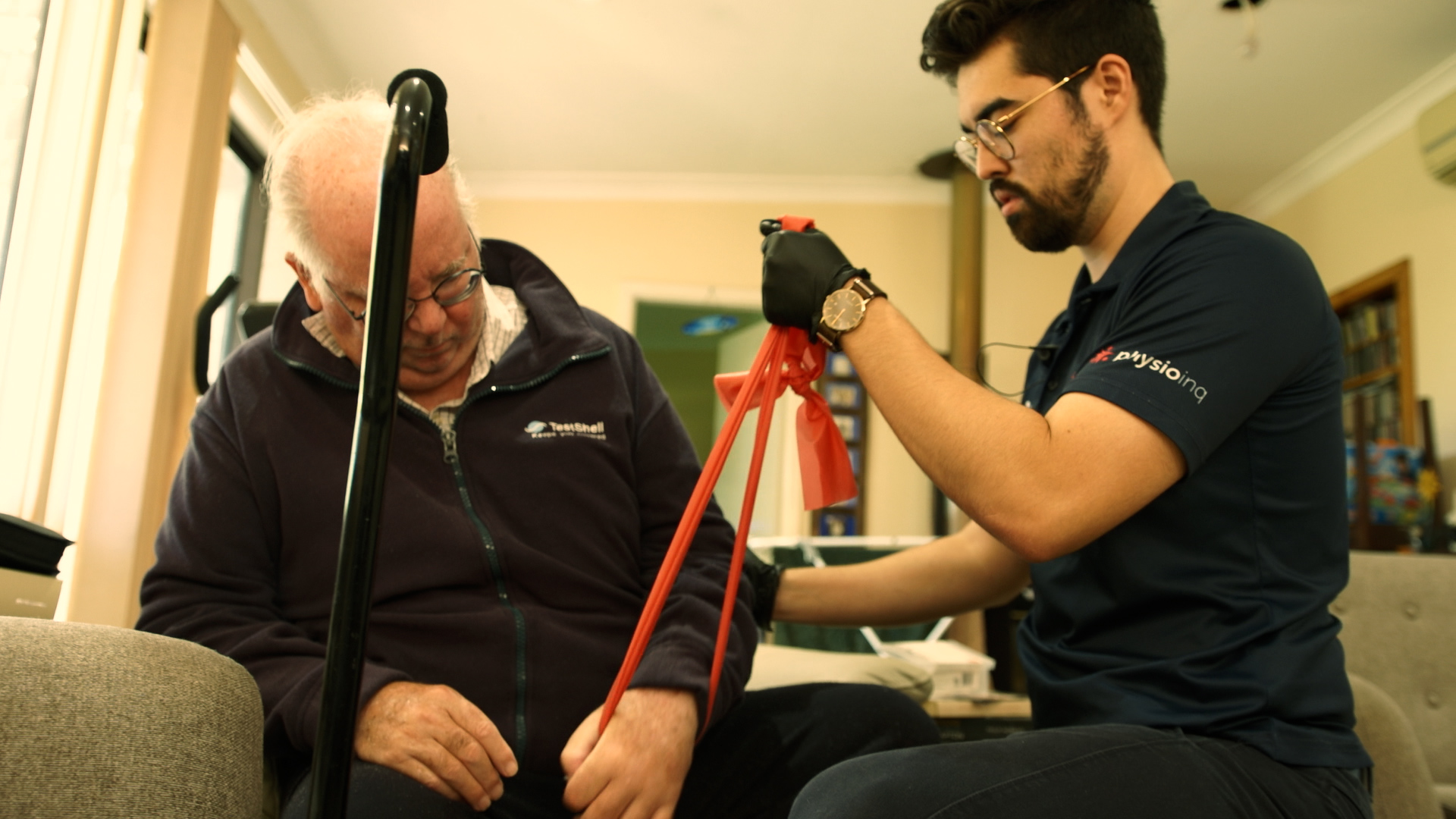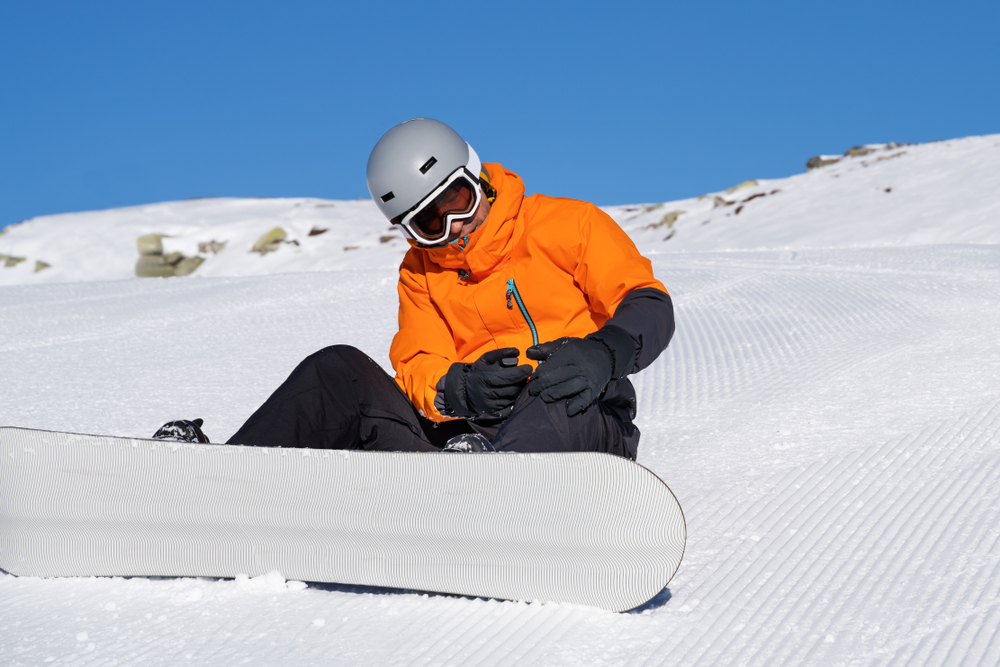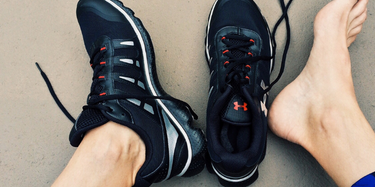Make an Appointment
There are two types of mountain bikers out there – those that have crashed and those that will. It doesn’t matter how skilled you are, good judgement, control and bad luck give way to gravity and bruises.
Most bikers walk away with scrapes and cuts, but mountain biking has proven capable of serious injury – or worse.
How often do mountain bikers get injured?
Any type of biking can be dangerous. But certain disciplines in the cycling world carry more risk than others.
Many cyclists think road cycling is most risky when it comes to injuries.
After all, mountain bikers may be more likely to sustain some cuts, scrapes, or even broken bones but they won’t be crushed by a car. Plus, mountain bikers who enjoy more leisurely flow trails will probably endure fewer bumps and bruises than those who shred the most treacherous terrain.
Before we discuss common mountain biking injuries, it’s important to mention that one study of more than 3800 (mostly recreational) mountain bikers discovered a very low rate of significant injury – only 1 injury for every 1,000 hours of riding, with 75% of injuries considered minor.
In other words, if you enjoy mountain biking, the benefits often outweigh the risks. And now, without further ado, let’s get into the most common mountain biking injuries.
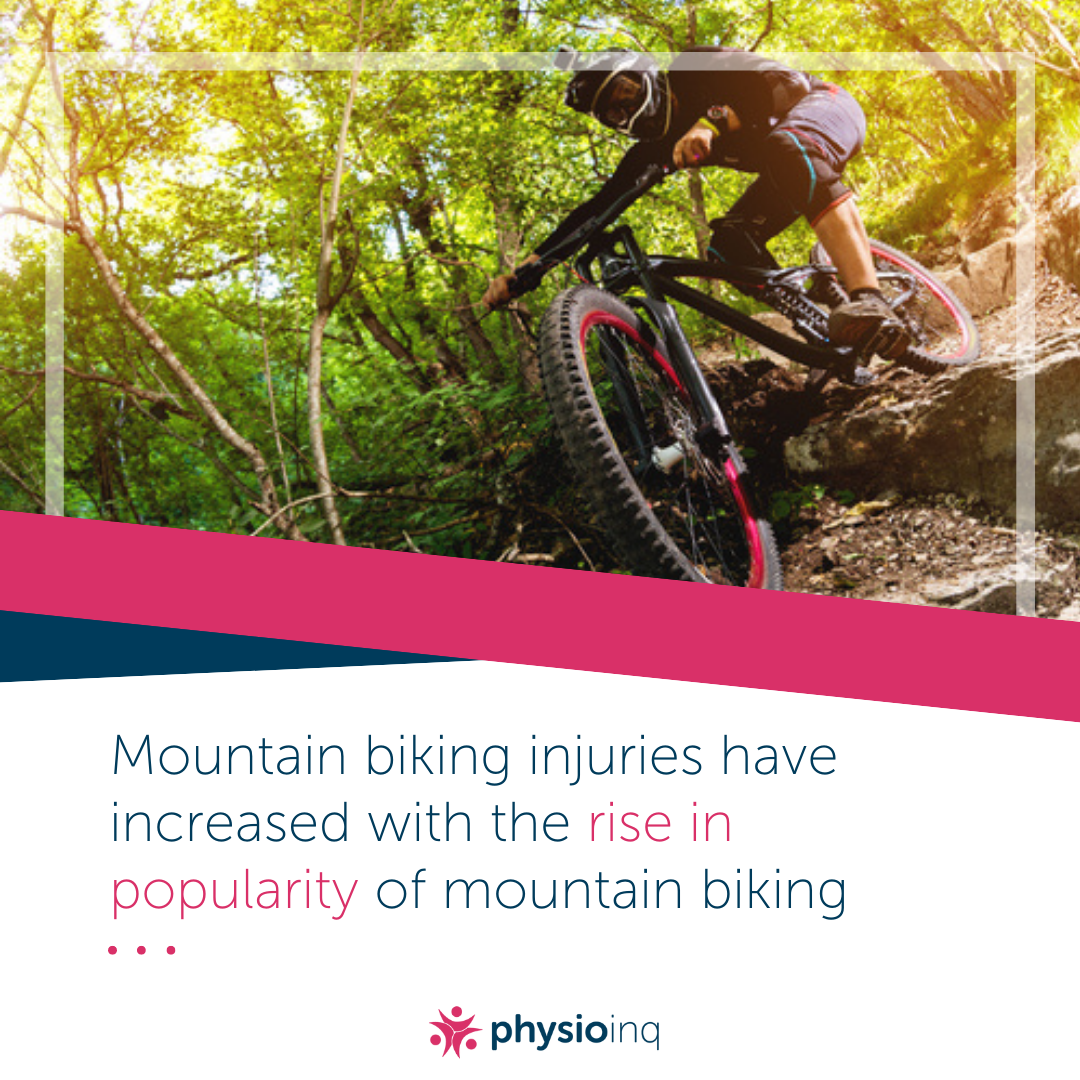
What are the most common mountain biking injuries?
Good news! While mountain biking might seem like an extreme sport with a high injury rate, statistics show otherwise. A few recent studies compiled results from hundreds of crashes to determine the most common mountain bike injuries. Let’s go through them here.
Abrasions
An abrasion is the scraping of the surface layer of skin tissue resulting in a superficial wound.
Abrasions can sometimes be quite large and often contain debris from whatever surface caused the abrasion – like dirt. Debris should be removed quickly to help minimise the risk of infection.
Abrasions can take some time to heal, so proper wound care is important. Wash the wound twice a day with warm soapy water and then coat it with a thin layer of ointment and apply a bandage. If the wound is particularly dirty you may need a tetanus booster.
Cellulitis is the biggest risk with abrasions. Cellulitis is an infection of the skin or soft tissues due to bacteria. Seek medical help if you see signs of cellulitis including increased redness, swelling, pus, fevers, or chills after an abrasion from mountain biking
Lacerations
Lacerations are more severe, deeper skin wounds than abrasions. Unlike an abrasion, none of the skin is missing. A laceration is typically caused by blunt trauma and or a sharp object, like a jab from a tree branch when you’re tossed from your bike.
In most cases, tissue injury is minimal, and infections are uncommon. Yet, severe lacerations can cut through the skin and into the underlying muscle, organs, or bone.
Appropriate treatment of lacerations is important to decrease the risk of excessive scar formation. Apply direct manual pressure to a laceration to stop the bleeding. Then, run water over the wound and consult medical advice for optimal healing.
Contusions
A contusion is a fancy word for a bruise. This type of injury occurs when there is a blunt force impact, like when you fly off your bike at high speed.
The painful impact can rupture small blood vessels under the skin, which leads to bleeding and bluish-purple discolouration which we know of as a bruise.
Rest and elevate your contusion and apply ice for the first few days. Contusions are also potentially at risk of infection, although this is less common than with abrasions or lacerations.
Fractures
Fractures are broken bones and can be quite a common injury among mountain bikers. Any bone in the body can break and they can fracture in different ways or patterns depending on the direction and amount of force applied to the bone.
Some of the most common fractures for mountain bikers are breaks of the hand, wrist and lower arm, particularly when riders fall on an outstretched hand.
Bikers commonly fracture the scaphoid bone, one of the bones on the thumb side of the wrist. This bone is important for stability and motion in the wrist joint and can be difficult to heal completely.
Any fracture should be evaluated by a medical professional to help determine its severity. Fractures are often treated with splinting, casting and slings unless they’re more severe.
Ligament Injuries
Ligaments are connective tissues that connect bone to bone and a ligament injury is called a sprain.
Sprains can range from a mild tear, which heals well over time, to a complete rupture that may need surgery. In mountain biking, there are two common ligament injuries.
The first is a separated shoulder (or acromioclavicular ligament injury, AC). The AC ligament connects the shoulder blade to the clavicle collarbone. A direct blow to the shoulder as a result of a fall can tear this ligament.
Fortunately, the majority of AC joint separations can be treated with a sling and will heal with time.
“Skier's thumb” is another common ligament injury. A fall on an outstretched hand can overextend the ulnar collateral ligaments in the thumb causing them to separate.
Again, most UCL injuries heal well with time and splinting but significant UCL injuries may need surgery.
Concussions
It’s no surprise that mountain bikers are at risk for concussions or even traumatic brain injury. Trees, boulders and other riders can be hazards that result in head-to-hazard contact – often at high speeds.
Downhill mountain bikers, in particular, are prone to crashes involving head trauma.
If you have a concussion, make sure you get plenty of rest, both at night and during the day if need be. Avoid physical activity for at least one week. Medicine can also be prescribed for nagging headaches or other symptoms.
What is the most common mountain biking injury?
We’ve covered a handful of mountain bike injuries, however, the most common injury for mountain bikers is not to the torso or legs.
The most common mountain bike shoulder injury is a broken collarbone. Also known as a clavicle fracture, most broken collarbones from mountain biking happen when riders flip over their handlebars or reach out an arm to break a fall.
A broken collarbone is painful and can make it difficult to lift your arm, as the clavicle is the part of the shoulder that connects your arm to your rib cage.
Complications can occur when the jagged ends of a broken collarbone injure nearby nerves and blood vessels. But most broken collarbones heal without a problem.
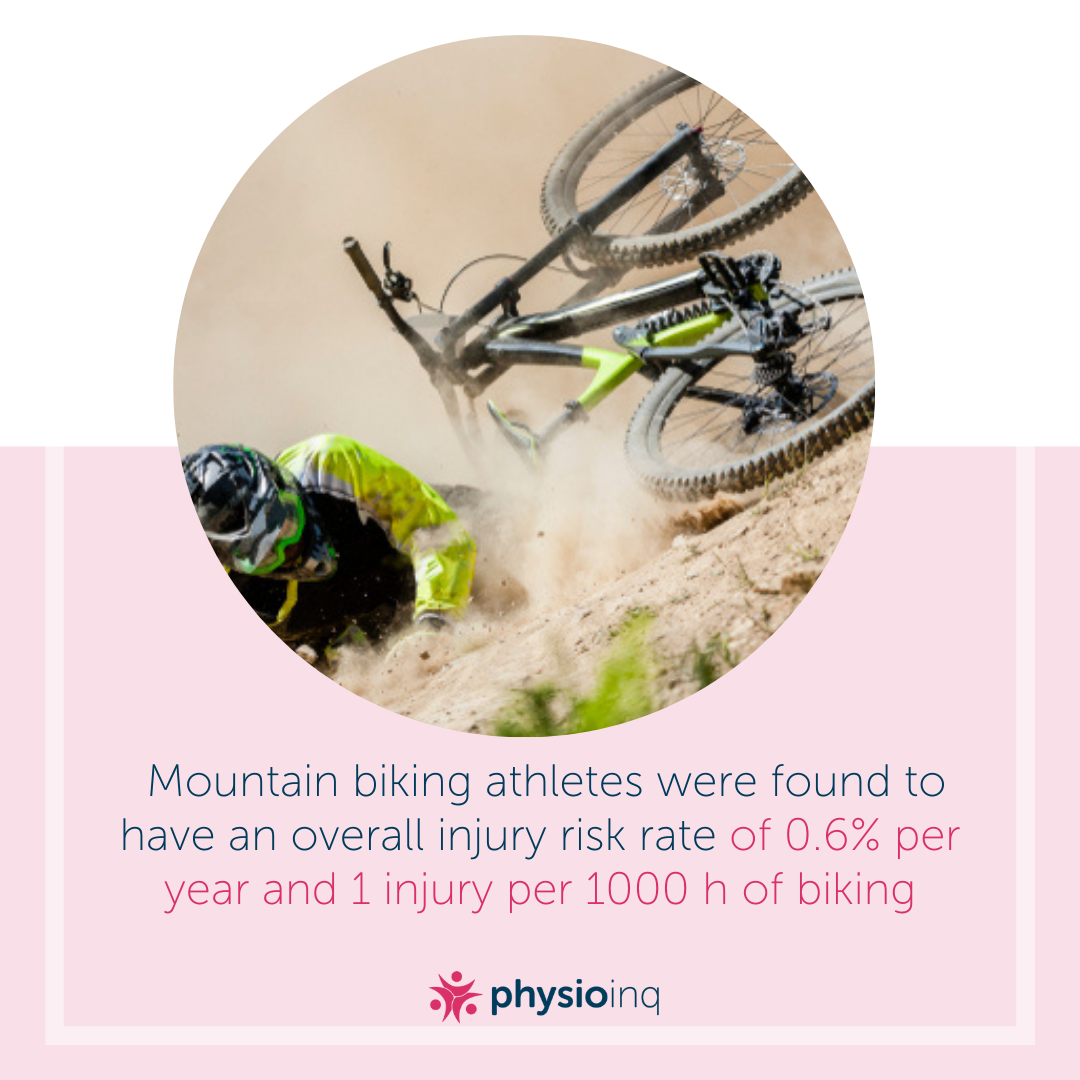
How do you prevent mountain biking injuries?
When it comes to preventing mountain bike injuries… do we need to say it? Always wear a helmet! And maybe knee pads, elbow pads and a full-face helmet.
Also, check your bike often to make sure it’s in good working order. And did we mention, wearing a helmet?! A few other injury prevention tips include the following.
Warm-Up
Cold, stiff muscles and connective tissues are more prone to strains and sprains. Before hopping on your bike, do some full-body light cardio to get those muscles moving.
We recommend a 5–10-minute warm-up including full-body exercises like jumping jacks or walking lunges.
We also recommend dynamic stretching, a movement-based type of stretching. Squats and leg swings are great examples because with dynamic stretching the positions are not held.
A good warm-up will decrease the threat of injury and speed up your reaction time to help you avoid a crash.
Lower Your Centre of Gravity
Many cyclists make the mistake of remaining seated throughout their ride. By getting out of your saddle you can lower your centre of gravity and shift your weight from the bike seat to the pedals.
This stabilizes you and reduces the risk of traumatic accidents which is why it is especially recommended for rough, technical terrain.
Stay Hydrated
Dehydration itself can cause serious health complications but when it comes to biking, proper hydration can decrease your risk of injury.
Good hydration helps cognition, regulates body temperature and keep joints lubricated. It also delivers nutrients to cells and keep organs functioning properly.
Plus, dehydration can slow your physical responses which adds to the threat of crashing and injury.
Learn How to Fall Well
The reality of mountain biking is that falls will almost surely occur. Knowing how to bail is an important skill and can help prevent many injuries.
If a crash is going to happen, swing one leg over the bike frame so that both legs are on one side and hop off. Keep your chin tucked and try to roll over your shoulders. Before impact let your body go limp, a tense body will more likely sustain more injury.
Think: tuck, roll, relax.
Cross-Train
When you aren’t on your bike, cross-training will help keep you safe and healthy. Adding Pilates, yoga or swimming to your workout, for example, can help engage different muscle groups and build endurance.
A comprehensive cross-training plan focused on core-building exercises can increase strength and maximise injury prevention.
If you’ve taken a spill and are looking to get back on your bike, we’d love to help! Or if you’re looking to avoid a crash and prevent injury our physios can help you up your workout game as well.
Book an appointment with Physio Inq today!
Date Published: Thursday, March 10, 2022
Locate a Mobile Physiotherapy
Service Near me
Get the experience & convinence you deserve to support your or a loved one's allied health needs.
Our Mobile Physiotherapy team are currently serving & taking appointments in the following states and regions in Australia:
New South Wales
- Blacktown
- Blue Mountains
- Campbelltown And Macarthur
- Canterbury-Bankstown
- Eastern Suburbs Sydney
- Georges River
- Hawkesbury
- Inner East Sydney
- Inner West Sydney
- Lake Macquarie
- Lower North Shore
- Newcastle
- Northern Beaches
- North Sydney
- Parramatta
- Penrith
- Southern Highlands
- South West Sydney
- Sutherland Shire
- Sydney CBD
- The Hills Shire
- Upper North Shore
- Waverley
- Wollongong
Tasmania
Victoria
Need to get into direct contact with ur Client Services team? We're all ears. Call our team directly on 1300 731 733
